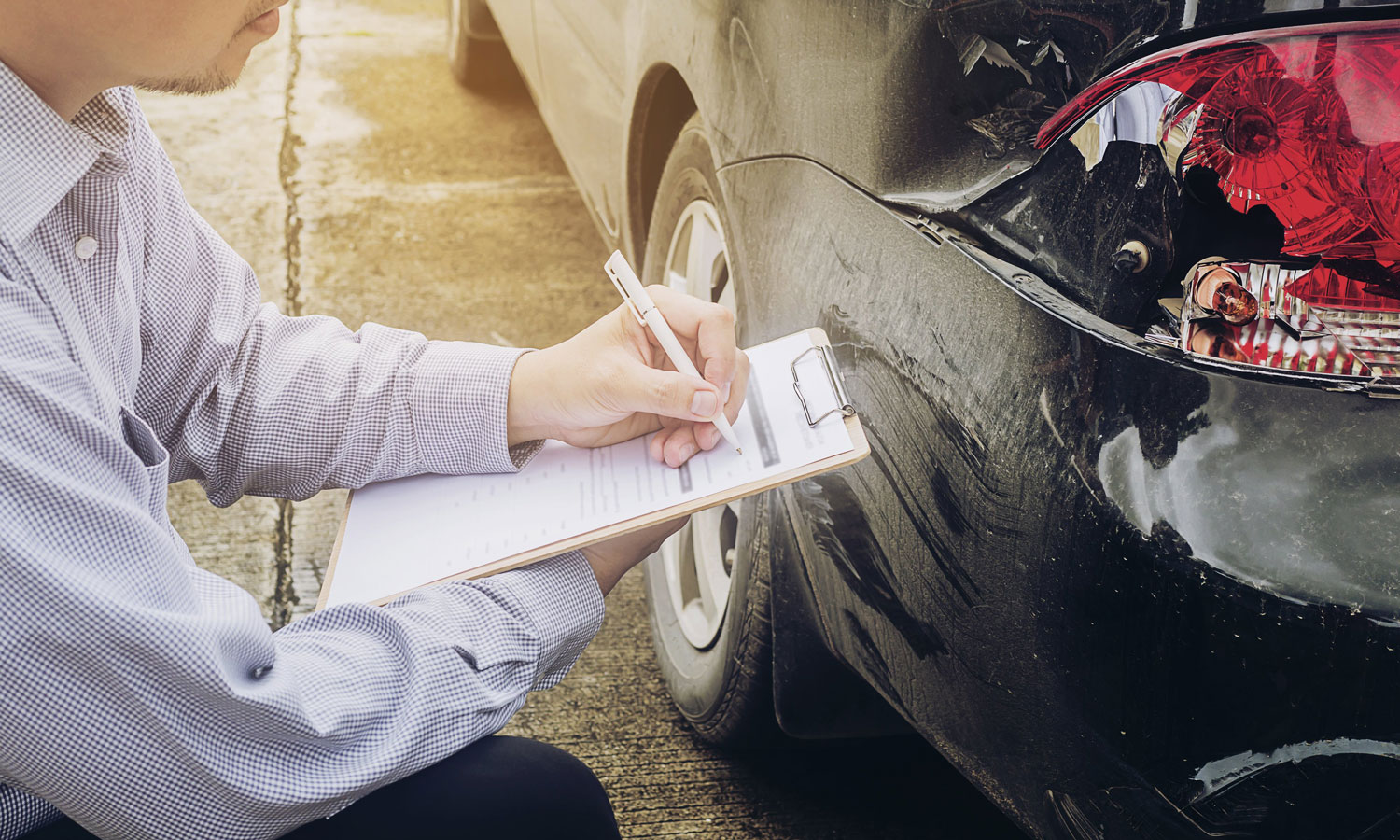However, auto insurance rules vary from one province to another. For example, in Quebec, injury claims are processed through the province’s publicly-run insurance body, while car and property damage is managed by private insurers. Also, drivers in Alberta and Saskatchewan can still sue for damages in certain situations, even though no-fault insurance exists in those provinces.
For reference, the Insurance Bureau of Canada (IBC) has compiled a guide that includes a cross-country snapshot of mandatory auto insurance coverages.
How is fault determined after a crash?
While the ins and outs of no-fault insurance differ from one province to the next, the types of information used for fault-determination are pretty standard, no matter where you live. These include: police reports, files from insurance estimators and adjusters, and even past court decisions based on similar accidents.
For insurance claims, it’s important to note that insurance companies determine fault, not the court systems nor the police. What comes into play are driving regulations and fault-determination rules for your province—there are detailed playbooks covering nearly every conceivable accident scenario. And it’s possible to be considered 50% or even 25% at fault—say, if both drivers committed errors that led to the crash.
What you need to make a claim
There are go-to steps to take whenever you are in an accident, whether it’s your fault, someone else’s fault or a hit-and-run. We recommend you keep a copy of the IBC’s accident report form handy in your glove compartment. It contains important advice, such as:
- When to call the police—specifically, when someone is hurt, it’s a deliberate hit, it’s a drunk-driving incident or when there’s substantial wreckage
- When to call for roadside assistance—hint: when you’re out of harm’s way.
- What information to note after the accident. Never admit you’re at fault or offer to pay for damages. Instead, if the driver didn’t make a getaway, exchange information (name, address, license plate, phone number, etc.).
What happens after you file a claim
Once you’ve filed a claim, a claims adjuster—an insurance agent tasked with evaluating a claim—will step in and review your file. They will either meet with you in person, or handle the claims process over the phone an/or email. They may ask you to fill out a proof of loss form, which is a sworn statement verifying your claim. It will require you to log all of the details surrounding the damage, the expected cost to repair or replace your car and, if applicable, its contents and your property as well.
Remain patient after making a claim, because the process can take a while. The adjuster needs time to determine how much coverage you are entitled to based on your policy and who is at fault in an accident. Finally, don’t be afraid to ask questions, so you can clearly understand your rights and the benefits you are entitled to under your policy.
This article was originally published on Feb. 12, 2021. It was last updated on June 28, 2022.


